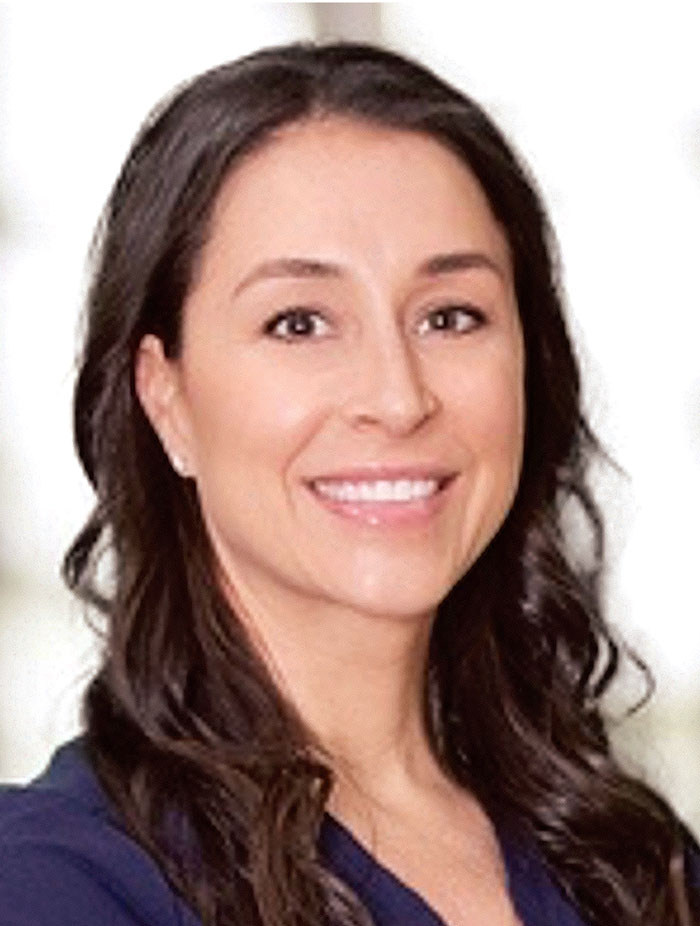
When I was wrapping up my optometry training at the Baltimore VA Medical Center, I eventually decided to focus on dry eye disease (DED).
Here, I discuss the steps I took to build a successful DED clinic, so other optometrists can consider implementing them.
1. Identifying the opportunity
As the practice’s cataract side got busier, and advanced technology IOLs were gaining traction and raising patients’ expectations, I saw a huge opportunity to provide more comprehensive eye care by treating DED in our clinic and optimizing the ocular surface preoperatively.
2. Performing research on DED
I sought to expand my knowledge to ensure I would be up to date on the latest DED diagnostic tests and interventions, so I could provide pre-refractive surgery patients with the best care.
Specifically, I underwent extra training and credentialing in DED management, attended related conferences and meetings, and I joined DED-related professional groups. I also double-checked my state’s scope-of-practice laws and our malpractice insurance carrier to ensure what I wanted to offer was in line with what I could offer.
With the benefits and potential revenues carefully laid out, my colleagues saw a low-risk opportunity and agreed to launch the DED clinic.
3. Creating a business plan
Next, I created a business plan for getting my colleagues to buy into the establishment of a DED clinic. My carefully prepared plan explained the opportunity to meet patients’ needs, which would contribute a new revenue stream.
To illustrate this point, I showed my colleagues the strong internal patient base of patients with a DED complaint, the potential to add to that patient base in our area, and how reimbursed visits and in-office DED treatments would expand the practice’s revenue.
With the benefits and potential revenues carefully laid out, my colleagues saw a low-risk opportunity and agreed to launch the DED clinic.
4. Selecting new equipment
We launched the DED clinic in 2015, with equipment strategically selected for the greatest benefit. Specifically, point-of-care testing included osmolarity, keratography, and meibography. In-office treatments included thermal expression, intense pulse light therapy, and radiofrequency. In addition to these diagnostic and in-office treatment devices, we ensured we had treatment supplies, such as amniotic membranes and punctal plugs. Armed with these technologies, I started actively managing DED.
The outcome
I currently have about a 75% conversion rate to in-office treatment devices, and I see an average of 25 DED patients per day, 3 days per week, with one day dedicated to in-office treatments. I love treating this complex problem, improving patients’ health and quality of life, and raising the level of care in the practice. OM




